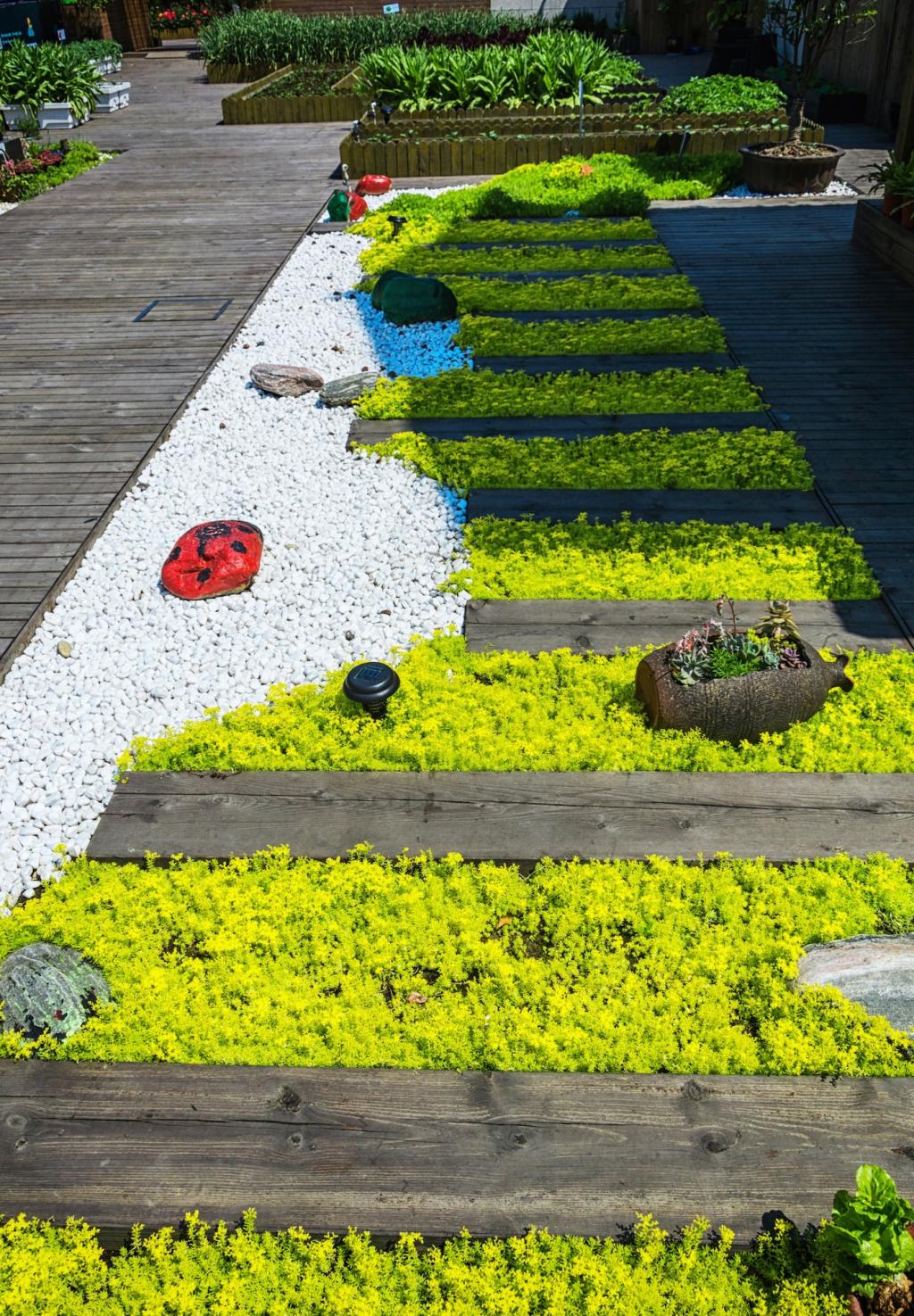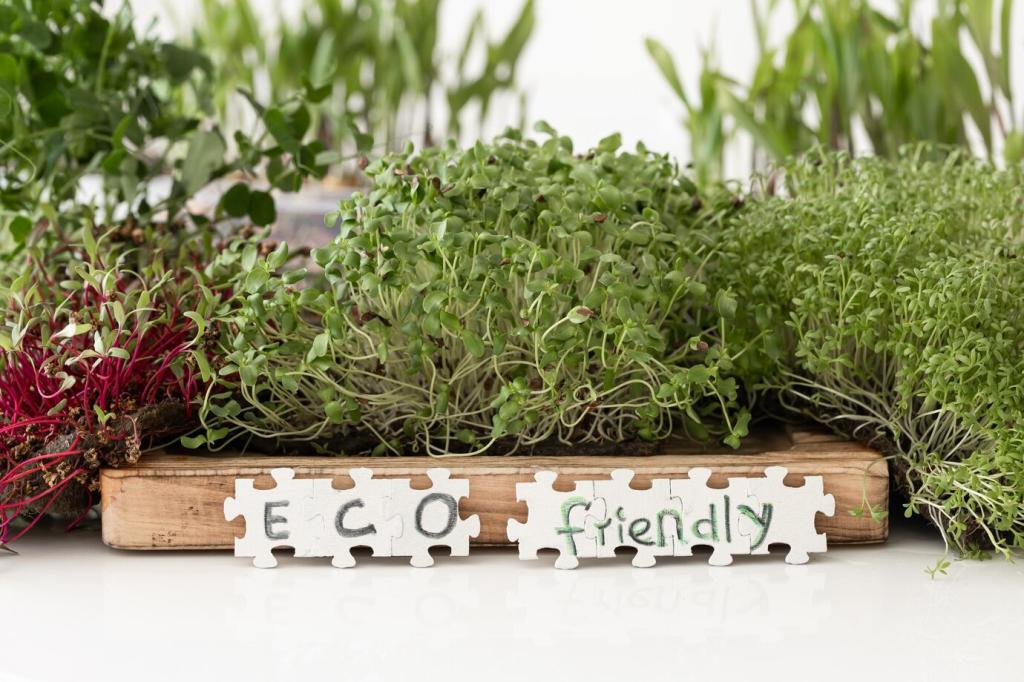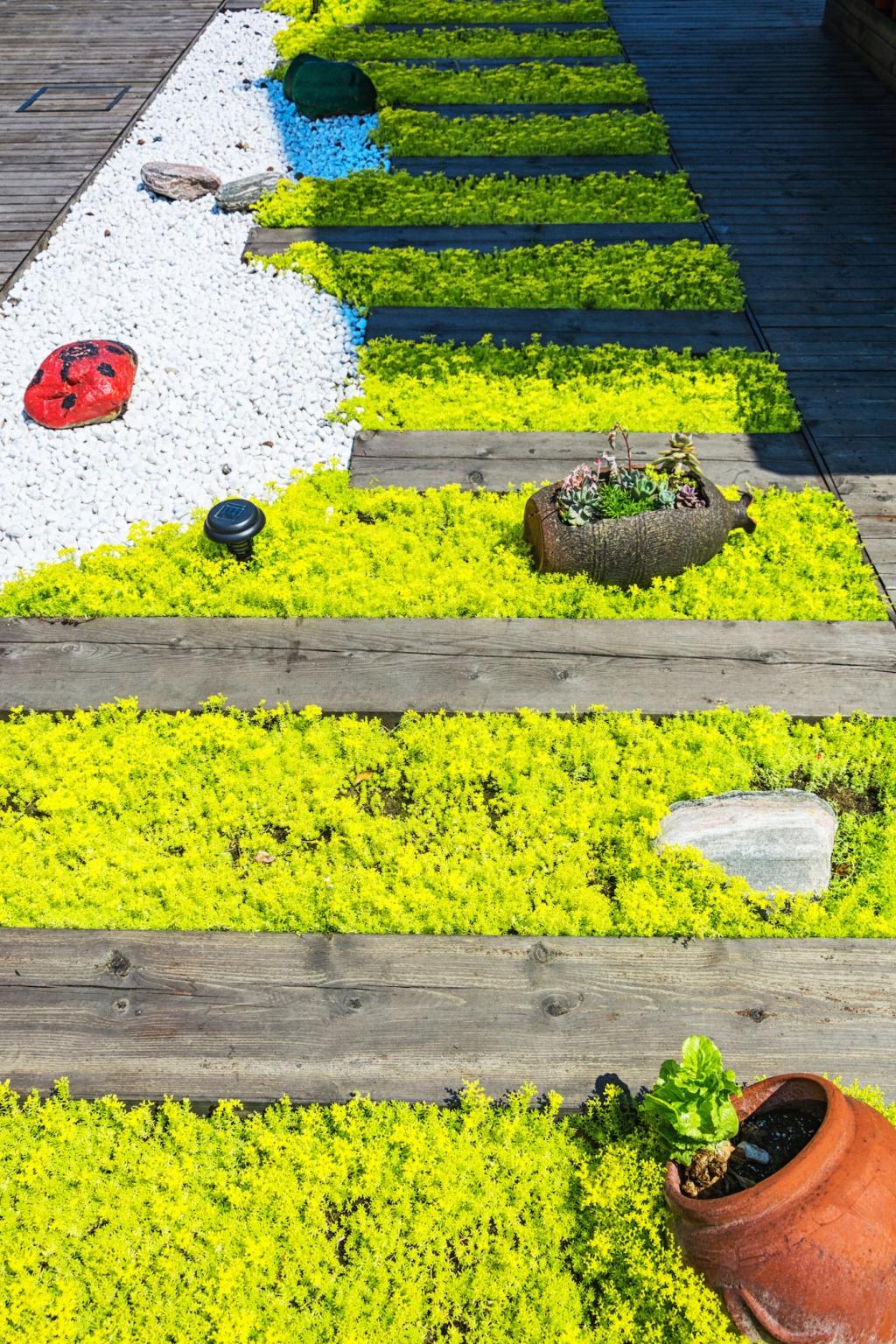Permaculture Principles in Landscape Design: A Living Blueprint for Resilient Spaces
Observe and Interact: Learning Your Land’s Language
Seasonal Walkabouts and Field Notes
Take short, slow walks in every season, noticing puddles after rain, dry patches, insect patterns, and neighborhood sounds. Keep a simple notebook. You’ll spot design opportunities others miss. Share your first discoveries in the comments and tell us how observation changed your planning.
Mapping Sun, Shade, and Wind
Sketch a quick yard map and trace summer and winter sun paths, afternoon shade, and prevailing winds. These details decide where herbs thrive or patios remain comfortable. Post your map snapshot, ask questions, and subscribe for our seasonal mapping checklist.
Listening to Local Knowledge
Chat with neighbors about frost pockets, storm runoff, and established plant winners. Their stories anchor your design in lived wisdom. Add your favorite neighborhood tip below, and invite a friend to join this permaculture conversation.


Catch and Store Energy: Water, Sunlight, and Soil Wealth
Install gutters, a simple barrel, and overflow directed to a mulched basin. During one dry spell, a single storm filled my barrel and rescued thirsty blueberries. Try a starter setup, then comment with your savings and subscribe for our rain plan guide.
Catch and Store Energy: Water, Sunlight, and Soil Wealth
Place heat-loving crops on sun-facing walls and tuck stones near tender plants to hold warmth overnight. Small tweaks extend seasons without gadgets. Share your microclimate photo and tell us what ripened earlier thanks to a well-placed wall.

Obtain a Yield: Beauty You Can Eat and Use
Turn path edges into herb lanes and berry borders. The increased light and airflow boost yields. I harvest mint walking to the compost. Show us your edge plan and comment which herb will be your easy daily harvest.
Obtain a Yield: Beauty You Can Eat and Use
Combine fruit trees with nitrogen-fixers, dynamic accumulators, and pollinator flowers. My apple guild cut weeding by half and lifted yields. Share your first guild draft below and subscribe for our printable guild recipe cards.
Produce No Waste: Closing the Loops at Home
01
From worm bins under sinks to pallet bays outdoors, compost meets you where you live. A tiny worm bin once solved my apartment scraps completely. Comment with your setup constraints and we’ll suggest a right-sized solution.
02
Leaf litter, wood chips, and chopped prunings protect soil, reduce watering, and feed microbes. I mulch right after planting to keep momentum. Share your favorite free mulch source and subscribe for a seasonal mulching calendar.
03
Brick offcuts became a charming herb spiral; a cracked trough turned into a salad bed. Reuse adds story and saves money. Post a picture of your best reuse idea and inspire the community.


Integrate Rather Than Segregate: Partners in the Landscape
Basil near tomatoes, dill near brassicas, and flowering edges for beneficials made our pest pressure tumble. Test one pairing this week. Comment with results, and subscribe to get our quick companion list for small spaces.
Integrate Rather Than Segregate: Partners in the Landscape
A shallow water dish, native blooms, and a log pile attracted lacewings, wrens, and solitary bees. Suddenly, aphids vanished. Share your wildlife invitation idea and tell us who shows up first.
One Bed, One Lesson
We rebuilt a single bed with contour, mulch, and companion plants, then watched drainage and growth. The next beds were better automatically. Try one small change and report your lesson in the comments.
Micro-Experiments and Honest Feedback
Split a bed: two mulches, two spacings. Let results, not opinions, guide decisions. I found denser basil outgrew weeds effortlessly. Share your micro-test plan and subscribe for our experiment tracker template.
Journal, Adjust, Repeat
A weekly ten-minute log revealed watering patterns and pest cycles I kept missing. Little notes steer big improvements. Tell us your preferred logging method and encourage a friend to start one too.
Design for Diversity and Resilience: Stack Functions, Spread Risk
Combine a dwarf fruit canopy, berry shrubs, herb groundcovers, and climbers. Our tiny yard now yields snacks at every height. Sketch your layers and share a photo when the first flowers open.
Back up water capture with mulch, and pollination with multiple bloom times. When one element fails, another steps in. Comment with your redundancy plan and subscribe for a resilience checklist.
Follow spring peas with summer beans and autumn greens, keeping soil covered and productive. Our beds rarely sit idle. Post your favorite succession trio and help a newcomer plan their first full year.
